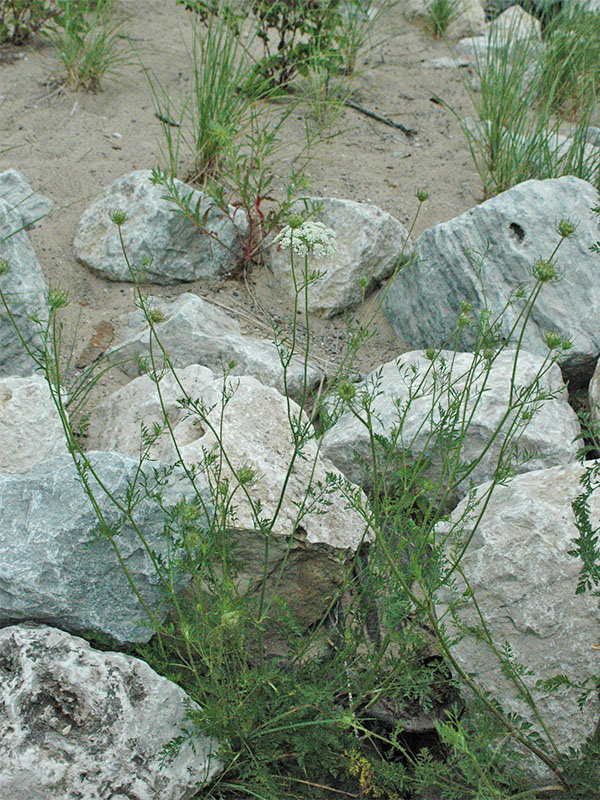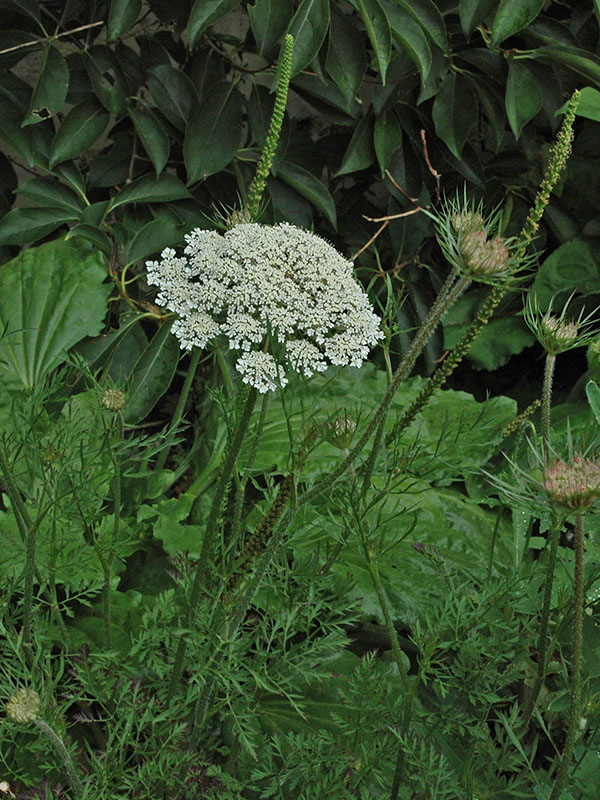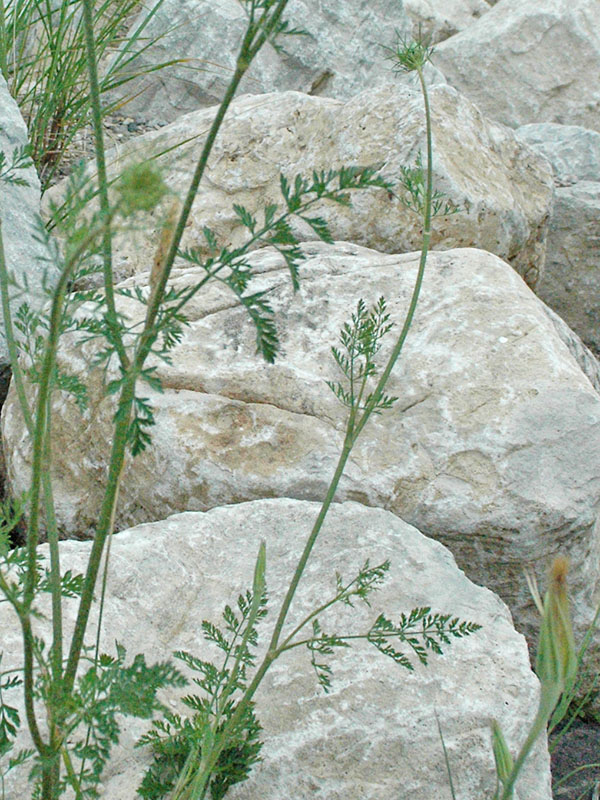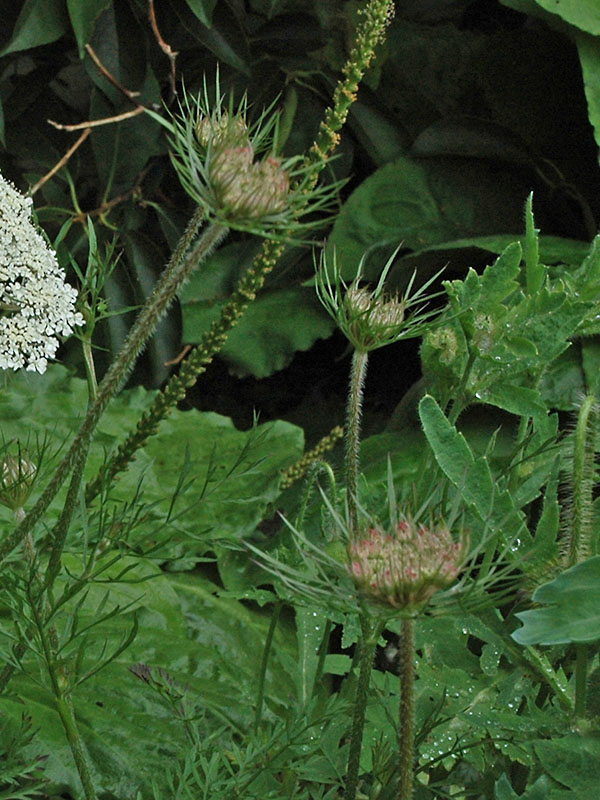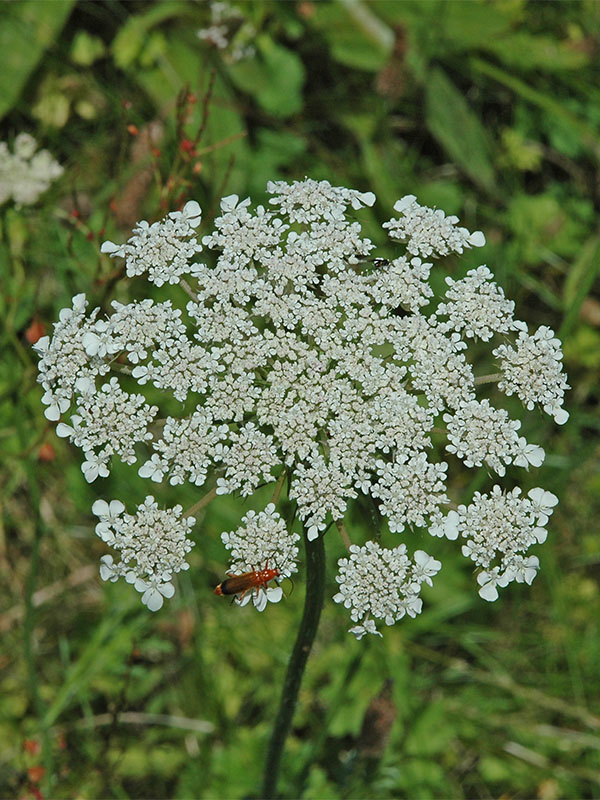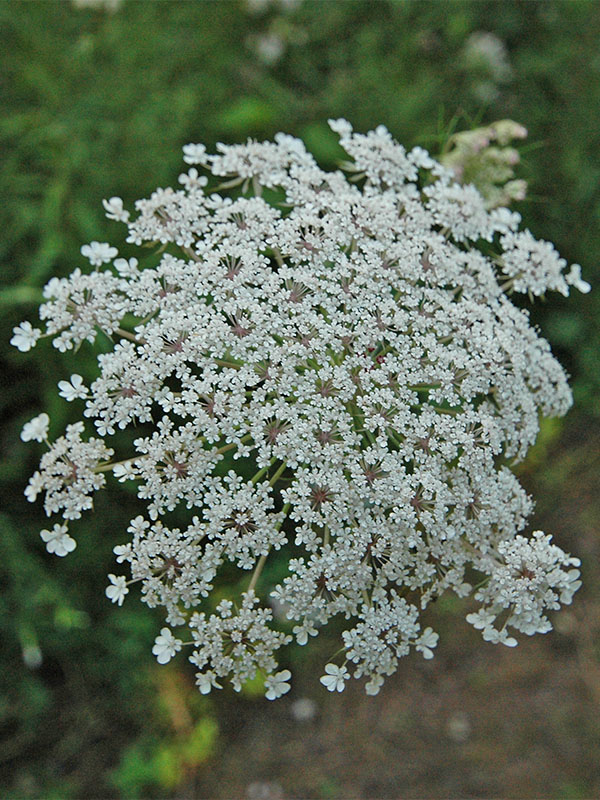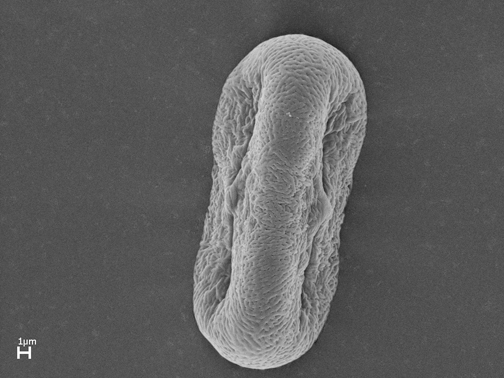Daucus carota (Wild Carrot, Queen Anne's Lace)
Botanical Information
| Family | Apiaceae |
| Genus | Daucus |
| Species | carota |
| Category | Wildflowers & Weeds |
| Origin | It is disputed as to which Queen Anne this wild carrot is named after but the story goes that she was tatting lace and pricked her finger, dripping blood on the delicate white design. The flat-topped flower cluster sometimes has a purple sterile floret in its centre which is where the droplet of royal blood comes in. The genus name comes from the ancient Greek name, 'daukos'. Native from Europe to India. |
| Ethnobotanical Uses Disclaimer | Every part of the plant is edible. Using first year plants is recommended. The woody roots can be used in soups, stews and to make tea, chopped leaves and flower umbels for salads, seeds as an aromatic seasoning in soups and stews. Flower heads can also be made into jelly or deep-fried. Caution must be taken when harvesting as there are poisonous plants that look very similar: Poison Hemlock, Water Hemlock and Fool's Parsley. |
Details
| USDA Hardiness Zone | 2 - 11 |
| USDA Hardiness Ref. | |
| Canadian Hardiness Zone | 0a - 8a |
| Canada Hardiness Ref. | |
| RHS Hardiness Zone | H1c - H7 |
| RHS Hardiness Ref. | |
| Temperature (°C) | -46 - 10 |
| Temperature (°F) | -50 - 50 |
| Height | Up to 1 m |
| Growth | Fast |
| Flowering Period | July, August |
Description and Growing Information
| General Description | Daucus carota is a member of the parsley family, a well-known biennial wildflower in temperate regions, with thin, white or pale yellow roots that smell of carrots and tall stems topped with dense, flat umbels of white flowers. |
| Landscape | Useful in meadows and wild gardens but may be considered a noxious weed in some locales. |
| Cultivation | Grow in well-drained, slightly acidic soil. |
| Habitat | Rough grassland, coastal cliffs and dunes. |
| Leaf Description | Finely divided, 2 - 3 pinnate, segments linear to lanceolate, serrate. |
| Flower Description | White to purple tinged with central flowers sometimes darker purple, arranged in flat or convex compound umbels (clusters in which stalks of nearly equal length grow from a common centre) up to 7 cm in diameter. |
| Fruit Description | Ovoid to oblong, 2 - 4 mm. |
